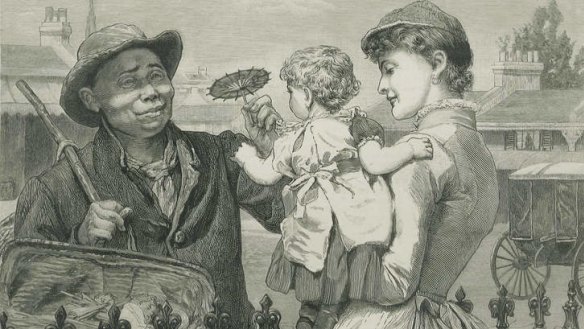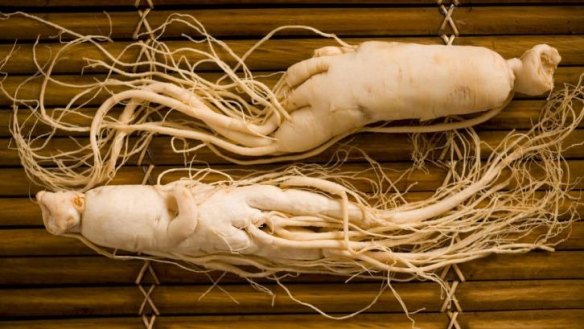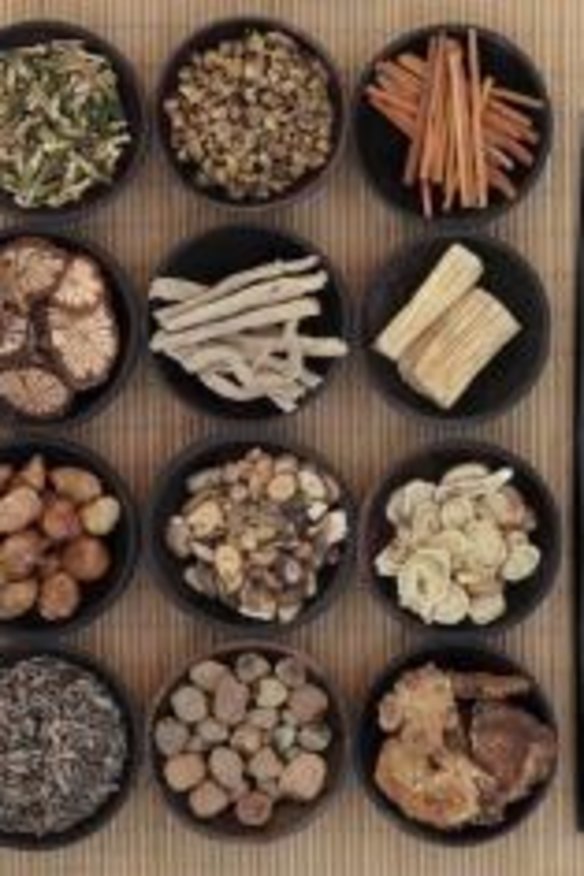Chinese gardens boost Celestial City exhibition

In 1998, on a whim, I drove to the Chinese market garden at Kyeemagh on alluvial land adjoining Sydney Airport. The impetus for the visit was a talk given to the Canberra branch of the Australian Garden History Society by Professor Helen Armstrong, chair of landscape architecture at Queensland University of Technology. Armstrong said Chinese market gardens had provisioned the whole of the east coast of Australia and the one at Kyeemagh and another at Kurnell were established 100 years ago.
A homestead on the site owned by Frederick Skidmore had been sold to someone referred to in the Sydney Morning Herald of February 1878 as "Johnny Chinaman". The gardens, cultivated by Chinese men who lived on site, had irrigation canals, as was the practice in Canton and vegetable seeds came from China.
At the Museum of Sydney, the Celestial City exhibition, curated by Dr Nicola Teffer, continues until October 12 and, on the corner of Bridge and Phillip streets, a Chinese market garden has been developed on the forecourt to complement the important exhibition upstairs.

Hawkers, carrying produce hung from a shoulder yoke, sold cabbages and turnips to housewives at front gates, over fences or at back doors across Sydney. At Christmas and Chinese New Year, gifts of plum puddings and ginger pots were exchanged.
Margaret Egerton in Cosmos Magazine (1896) said she treated her regular hawker with home-baked cakes and he returned with presents of ginger, tea and toys for her baby; “from that day a strong friendship sprang up between us.”
An excellent free guide, in either English or Chinese, accompanies the exhibition, which features goldminers, market gardeners and pedlars, cabinet-makers, merchants and mandarins, exiles and ancestors.

Since it was planted in February the market garden has been delivering an abundance of fresh greens. To keep up with the growth of all the plants, the museum has been hosting bi-monthly planting and harvest sessions in a program managed by Dr Sophie Lieberman and Kate Ford.
They say the city location has been surprisingly plant friendly. Most of the herbs and vegetables that have been grown would typically be found in a commercial market garden. These include en choy (Chinese red spinach), buk choy, celery, shallots, garlic chives, English spinach, basil, gai lan, rocket and lemongrass. One bed contains Chinese medicinal herbs, including burdock and ginseng.
As well as the team from Sydney Living Museums, farmers and market garden experts John Choy, Dexter Choy and Fred Haskins have led the charge in helping with harvesting, pruning, soil turning, seed planting, watering and chatting. Together, the three men share more than 150 years of green wisdom and a passion for growing fresh local produce.
While the Choys have retired, Haskins still grows coriander, basil, chives, garlic chives, dill, mint, rocket and daikon at his farm near Kellyville. He is a representative for the NSW Farmers Association and a keen advocate for organic farming practices and maintaining the availability of urban farmlands.
All the plants in the Chinese market garden raised beds have come as seedlings from Haskins' farm. The growing medium is topsoil mixed with a special organic mix known as bokashi (grain inoculated with microorganisms). This is produced by Haskins and is added as a sawdust-like mix when preparing the beds. It is a nutrient rich fertiliser.
The museum’s visitor services team offers daily TLC to the garden, watering and keeping any bugs or other plant vandals at bay, particularly by using a special bokashi juice and eco-oil mix that is regularly sprayed underneath the leaves of the plants.
Chinese Market Garden events at Museum of Sydney:
There are daily 15-minute tours of the market garden from 11.30am. On Sunday, July 20, at 2pm there is a talk about the ancient science of Chinese medicine, hosted by expert M.P. Tsim, with demonstrations of its application.
For special planting and harvesting days until October 6, see: @sydlivmus#celestialsydney
Visitors can help pick the vegies, talk to the gardeners and take a plant home. While you’re at the MOS, don’t miss the Iconic Australian Houses exhibition that ends on August 17.
Note: If any readers remember Chinese hawkers bringing produce to their homes in decades past, contact: bodenparsons@bigpond.com
Susan Parsons is a Canberra writer.
Restaurant reviews, news and the hottest openings served to your inbox.
Sign up